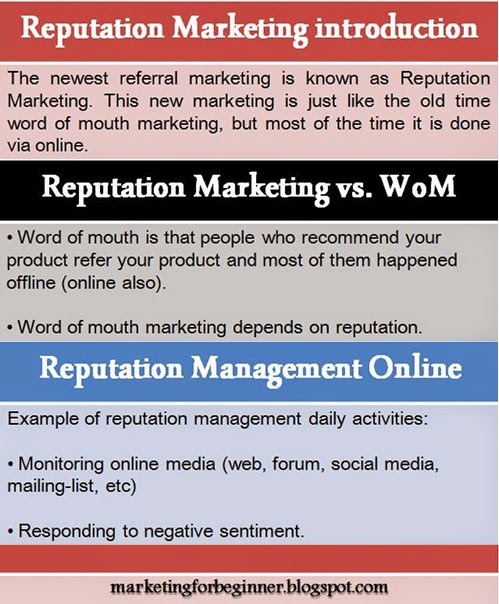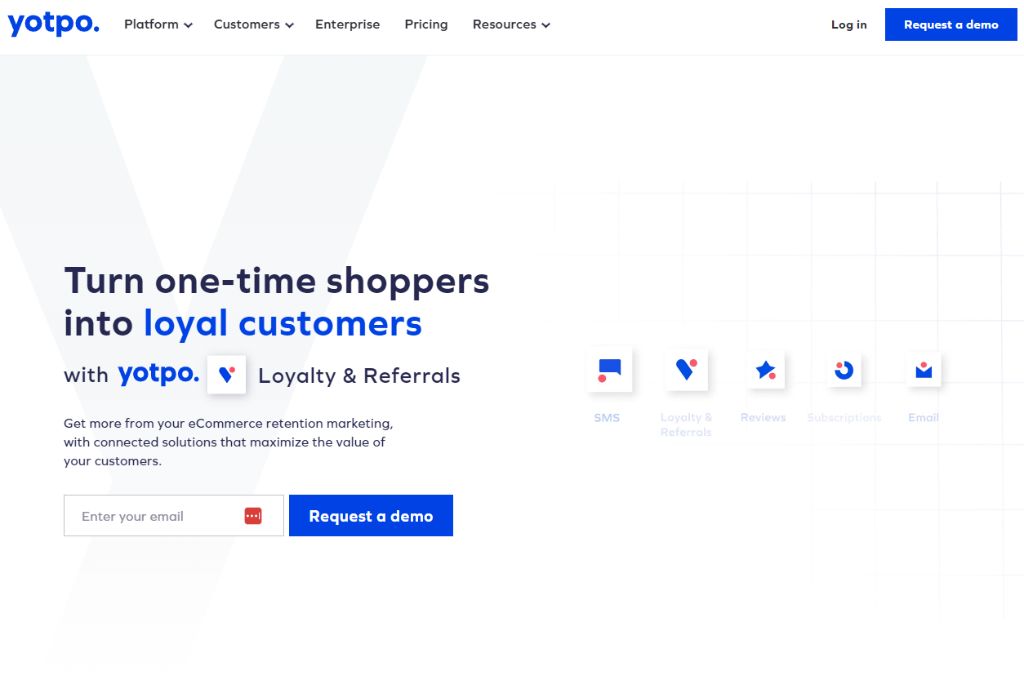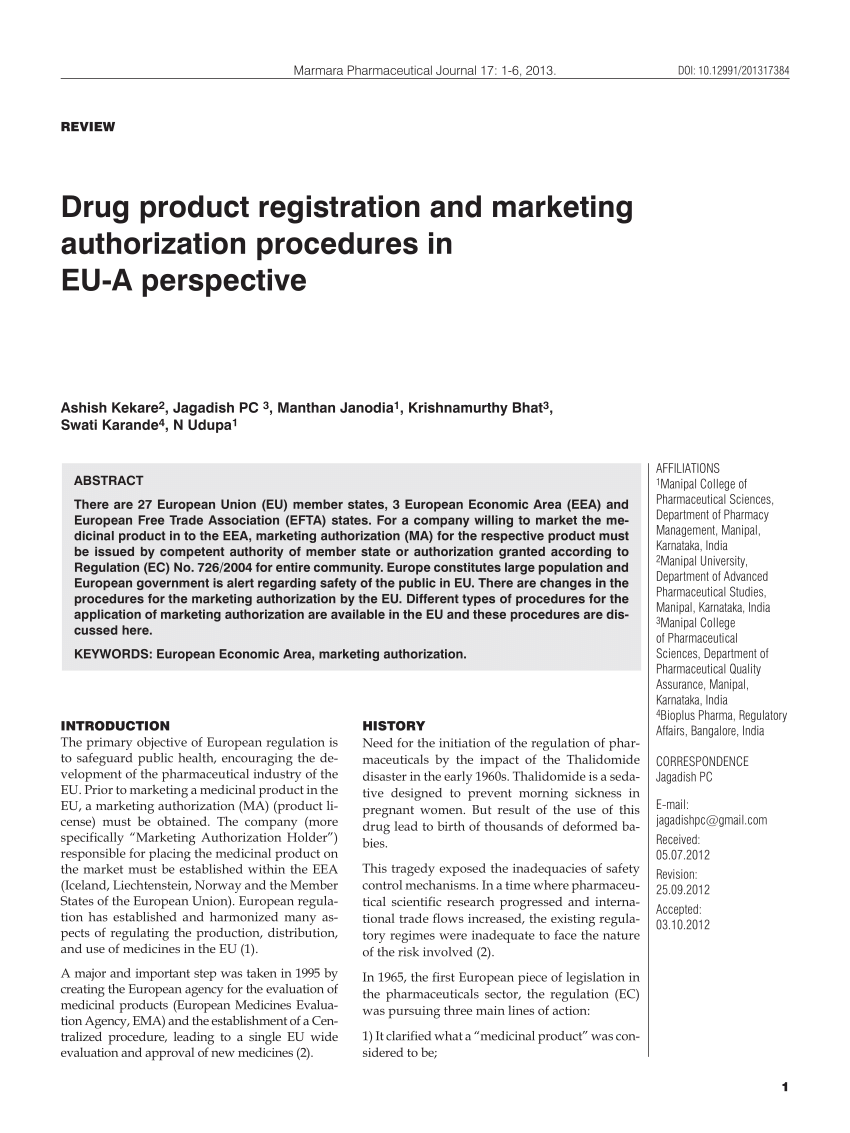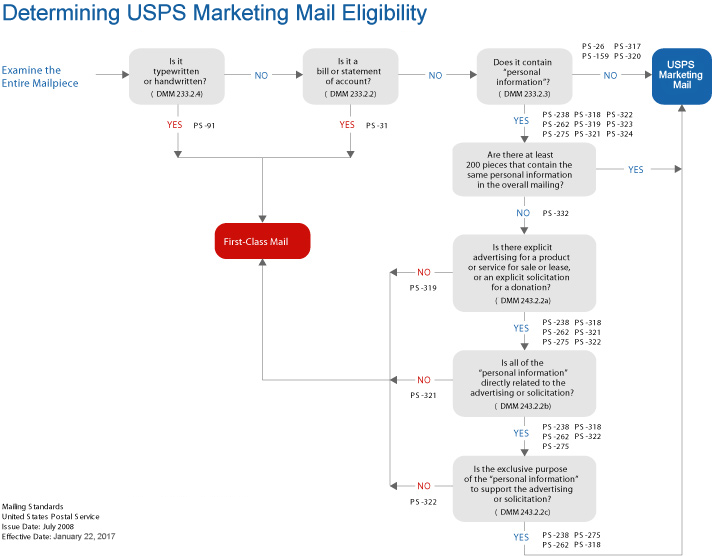Many of us have seen the recent ads for K-Mart – that stuff-mart type store that somehow never has gone out of business (if you see the one where I live, you’d understand where I coming from judging by the amount of cobwebs plaguing the furniture setups). Kmart, founded in 1962, has been through some rough, rather bland marketing years, but in the past year, Kmart has done something rather – ingenious. It has offended people.
Now, don’t get me wrong – offending people isn’t always a good thing. Just look at JP Morgan’s recent marketing blunder, #AskJPM – http://www.bloomberg.com/news/2013-11-14/jpmorgan-twitter-hashtag-trends-against-bank.html that happened last week. But Kmart has put themselves out there with their controversial marketing, and while it’s not directly “restoration marketing” related, it’s important to realize that in marketing – you just can’t please everyone. And by not pleasing 100% of people, you’ll turn that 80% into your die-hard fans for life.
I am not going to delve too far into the metrics behind Kmart’s recent string of TV-to-Youtube based adverts that have thrown the company into the spotlight and gained nearly 7 million views for two of the 3 controversial ads (the third was debuted earlier this week and is sure to catch up soon enough). The first two ads eluded to “almost curse words” so for the faint of heart, turn back now and run to Walmart, but for those of you who agree pushing the envelope is key in making a company memorable, I encourage you to watch these advertisements!
The summary of this post is that your marketing should 1) push the limits, and 2) should be memorable. Don’t always focus on who you’re going to offend – focus on who you’re going to win.
Big Gas Man :
Ship My Pants :
Holiday “Show Your Joe” :
FAQ
Why is it important for businesses to understand that their marketing can’t please everyone?
It’s important for businesses to understand that their marketing can’t please everyone because trying to do so can dilute their brand message and appeal, and ultimately make it difficult to stand out and connect with a specific target audience.
What is the Kmart example, and how does it illustrate the importance of targeted marketing?
The Kmart example refers to a controversial advertisement that Kmart released in 2013, which featured men in boxer shorts and caused a backlash among some customers. The example illustrates the importance of targeted marketing because Kmart was trying to appeal to a specific audience (men) with the ad, but ended up alienating others who were not part of that target audience.
How can businesses determine their target audience for marketing purposes?
Businesses can determine their target audience for marketing purposes by analyzing factors such as demographics, psychographics, behaviors, and purchasing patterns, and using this information to develop customer personas or profiles that represent their ideal customers.
What are some benefits of targeted marketing?
Some benefits of targeted marketing include increased effectiveness and efficiency, improved customer engagement and conversion rates, and a better return on investment (ROI) for marketing efforts.
What are some common mistakes that businesses make when trying to please everyone with their marketing?
Common mistakes that businesses make when trying to please everyone with their marketing include diluting their brand message and appeal, failing to stand out from competitors, and missing opportunities to connect with and engage their specific target audience.
How can businesses balance the need for targeted marketing with the desire to appeal to a broader audience?
Businesses can balance the need for targeted marketing with the desire to appeal to a broader audience by developing a clear understanding of their target audience and their unique needs and preferences, while still keeping their brand message and appeal broad enough to attract a wider range of customers.
How can businesses measure the effectiveness of their targeted marketing efforts?
Businesses can measure the effectiveness of their targeted marketing efforts by tracking metrics such as engagement rates, conversion rates, and return on investment (ROI), and using this information to evaluate and adjust their marketing strategy as needed.
What are some emerging trends in targeted marketing that businesses should be aware of?
Emerging trends in targeted marketing that businesses should be aware of include the increasing use of data and analytics to inform marketing decisions, the growing importance of personalization and customization, and the use of new technologies such as artificial intelligence and virtual reality to create more immersive and engaging marketing experiences.



















This article on restorationmarketingblog.com provides a unique perspective on the importance of targeting a specific audience in marketing efforts, using the Kmart example as a case study.
This article from Restoration Marketing Blog offers a great perspective on why not every marketing campaign needs to please everyone. The Kmart example is used to illustrate how narrowing your target audience can actually improve your marketing efforts.
This article provides a unique perspective on marketing by using the example of Kmart. It argues that not every marketing strategy should cater to every audience, and presents compelling evidence to support this claim.
As a marketer, I found this article to be a refreshing take on the often overused concept of trying to please everyone. The author provides practical insights that can help businesses target their audiences more effectively.
The author makes a strong argument for why businesses shouldn’t try to appeal to everyone. By focusing on a specific niche or demographic, you can create more targeted messaging that resonates with your ideal customer.
The author uses real-world examples to illustrate the pitfalls of trying to please everyone with marketing campaigns, emphasizing the need for businesses to focus on their core audience for the most effective results.
As a marketing professional, I found this article to be a valuable reminder of the role that audience segmentation plays in successful marketing campaigns. The insights provided by the Kmart example were particularly illuminating.
I found this article to be very thought-provoking. It’s easy to fall into the trap of trying to please everyone with your marketing, but this can actually dilute your message and make your campaigns less effective.
The Kmart example is a powerful illustration of why businesses should avoid trying to appeal to every consumer. The article is well-researched and provides excellent advice for marketing professionals.
I appreciated the straightforward and concise writing style used in this article, which made the key points easy to understand and apply to my own work in marketing.
I never realized how damaging trying to please everyone could be until I read this article. The Kmart example is an eye-opener and the author’s analysis of the situation is insightful and well-written.
The Kmart example is a great case study for how narrowing your target audience can lead to better marketing results. By focusing on a specific demographic and their unique needs, Kmart was able to create a successful marketing campaign that resonated with their core customers.
As someone who works in marketing, I found this article to be very insightful. It’s important to remember that not every marketing campaign will be a hit with everyone. By understanding your target audience and catering to their specific needs and desires, you can create more effective campaigns that drive results.
Overall, I would highly recommend this article to anyone looking to improve their marketing efforts and avoid the common mistakes that can result from trying to appeal to too broad of an audience.
This article challenges conventional thinking on marketing strategies and makes a strong argument for why businesses should focus on their core audience rather than trying to appeal to everyone. I highly recommend it to anyone looking to improve their marketing tactics.